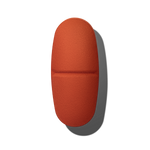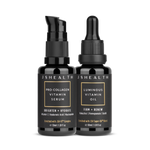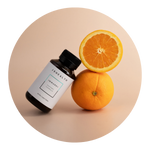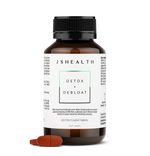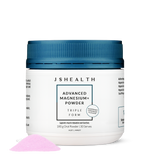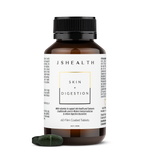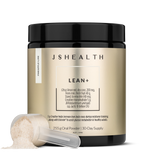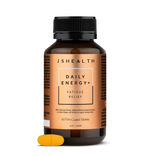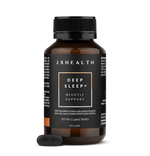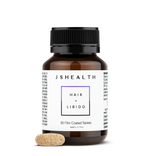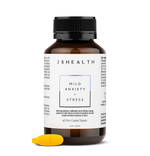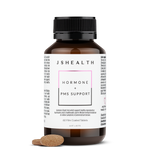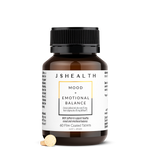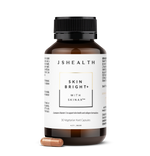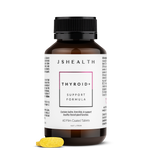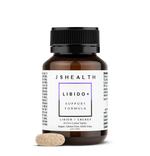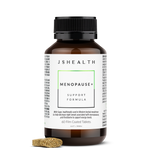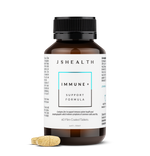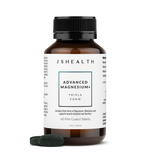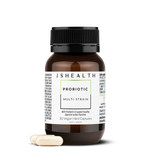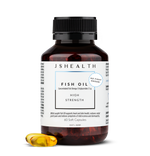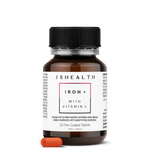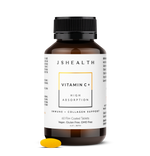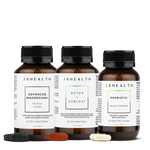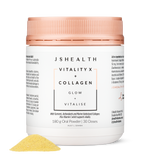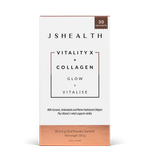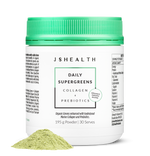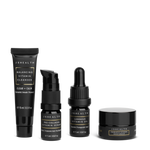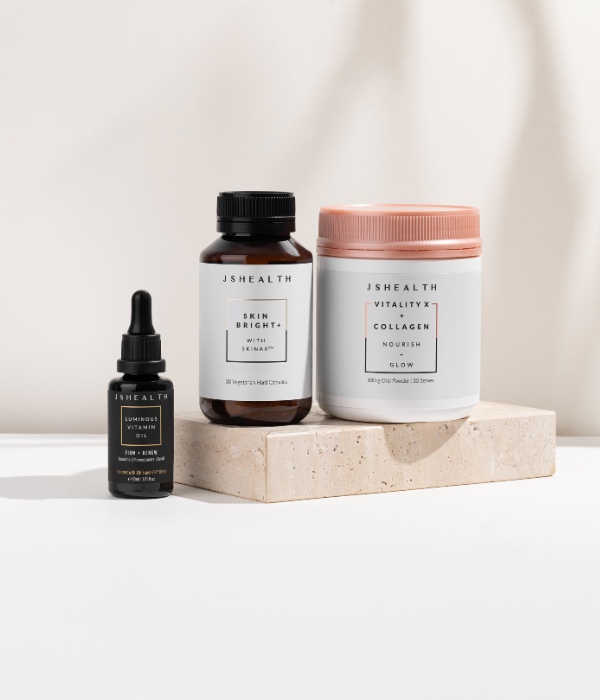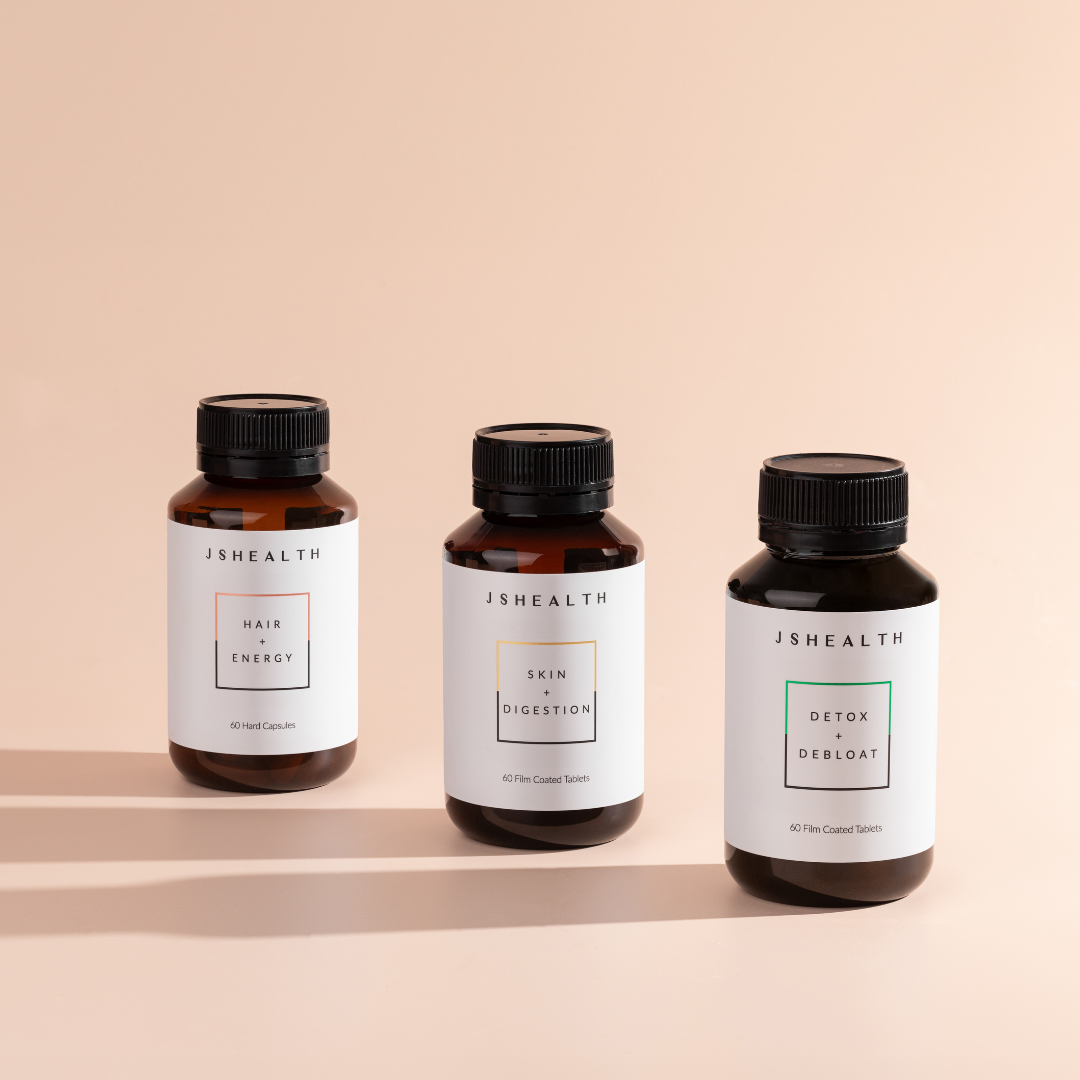Huge savings sitewide + claim FREE gift!
Your ovarian cycle and menstrual cycle, explained with Modibodi
Ever wonder what truly goes on "down there"? This Menstrual March, we're teaming up with Modibodi, creators of the OG period-proof undies, to pull back the curtain on your menstrual and ovarian cycles.
What goes on behind the scenes of your monthly flow? (Spoiler alert: it's not just about periods!) Your body undergoes a fascinating process called the menstrual cycle, preparing itself for the possibility of pregnancy every month.
Regardless of whether conception happens, your hormones orchestrate a beautiful dance, causing your uterus to shed its lining – that's your period. This cycle then starts anew, ready to repeat its rhythmic magic. But there's much more to the story than just that! We'll delve deeper and explore the fascinating intricacies involved.
The 4 phases of the menstrual cycle
Your monthly cycle is a dynamic four-phase journey that begins the day your period arrives up until the first day of your next period. These phases, happening within your ovaries and impacting your entire system, are known as the ovarian cycle.
While the "average" cycle lasts 28-29 days, every cycle is unique and its length and intensity varies from person to person.
Menstrual phase (lasts 3–7 days)
If an egg from your previous cycle hasn’t been fertilised, your body will shed the thickened lining of your uterus, which was there to nurture the egg. This shedding is what many of us know as our period.
The arrival of your period (made up of blood along with some mucus and tissue) through your vagina marks the start of the menstrual cycle.
Follicular phase (lasts 11–27 days)
The follicular phase starts in tandem with the menstrual phase, meaning it overlaps with the early stages of your period. During this phase, your brain releases follicle-stimulating hormone (FSH), which prompts your ovaries to produce a batch of tiny sacs known as follicles. Inside each follicle is an immature egg.
Typically, only the strongest, healthiest egg will have the chance to grow (though sometimes two make the cut). As the egg matures, your oestrogen levels rise, and your uterus lining thickens.
Ovulation phase (lasts 16 to 32 hours)
Surging oestrogen levels now stimulate your brain to release luteinising hormone (LH), and ovulation begins. The matured egg leaves the ovary and travels along a fallopian tube, headed for your uterus in the hopes of hitting it off with a sperm.
Ovulation tends to happen in the middle of your cycle, a couple of weeks before your next period. Some telltale signs you’re ovulating include:
- A minor increase in basal body temperature (your at-rest temperature)
- Thicker discharge in your underwear (think egg-white texture)
- Not one to wait around, the egg will disintegrate if not fertilised after one day.
Luteal phase (lasts 11 to 17 days)
The luteal phase is when your body does a hormonal pregnancy test of sorts. After ovulation, the follicle that released the egg transforms into a structure called the corpus luteum. This temporary gland secretes a hormone called progesterone, plus some oestrogen, to keep your uterus lining thick and egg-ready.
If you get pregnant, your body will start making human chorionic gonadotropin (hCG), which helps keep your uterus lining thick. It’s also the hormone pregnancy tests look for.
If you don’t conceive, the corpus luteum vanishes back into the body, and your oestrogen and progesterone levels drop, triggering the arrival of your period. If you get premenstrual syndrome (PMS) symptoms, this is when they generally show up.
More on hormones
Hormones are at the heart of the menstrual cycle. Think of them as chemical messengers giving individual parts of your reproductive system the go-ahead to do their thing when the time is right.
We've already met a few key players like FSH, LH and hCG, working together in each phase of your cycle to make fertility possible. But the spotlight shines particularly bright on the iconic duo, oestrogen and progesterone. While they're well-known for their roles in the menstrual cycle, these versatile hormones play a much larger role in maintaining the overall health of both menstruating and non-menstruating bodies.
What oestrogen does
Oestrogen plays an important role in sexual and reproductive development during puberty. It also keeps the menstrual cycle running smoothly and supports fertility and pregnancy.
What’s more, oestrogen helps:
- Maintain healthy cholesterol levels
- Prevent bone loss
- Reduce the effects of ageing on your skin
- Ensure optimal brain and heart function
- If you’ve noticed you get irritable, anxious or weepy in the lead-up to your period, know that there’s a relationship between menstrual cycle hormones and mood. Sometimes, lower oestrogen levels in your luteal and menstrual phases can bring on PMS symptoms like mood changes.
What progesterone does
Quick recap – remember the temporary gland from your luteal phase? The one that sounds like a magic spell? This (the corpus luteum) is what produces the steroid hormone progesterone to prep your uterus for pregnancy.
If your egg goes unfertilised, your progesterone levels will drop and prompt your period to begin. If the egg is fertilised, progesterone gets to work, helping your uterus to nourish the developing foetus.
Progesterone promotes wellbeing in many ways, helping to keep bones strong, encourage restful sleep and keep depression at bay.
In menstruating bodies, a lack of progesterone may result in:
- Inconsistent or skipped periods
- Unusual periods
- Elevated oestrogen levels (which can lead to loss of libido, weight gain and gallbladder issues)
- Spotting and abdominal pain when pregnant
- Recurring miscarriages
7 factors that can impact your cycle
Human bodies are as unique as fingerprints. Everyone’s cycle is different and can change through each stage of life for many reasons.
Known disruptors of the menstrual cycle and ovarian cycle include…
- Pregnancy: The OG disruptor, pregnancy should put a stop to your periods.
- Birth control: Contraceptives like the pill may make periods shorter, lighter or even absent.
- Uterine fibroids: These noncancerous growths can appear in your uterus and make your periods heavier and longer.
- Polycystic ovary syndrome (PCOS): This hormonal imbalance interrupts the development of an egg in the ovaries and may trigger menstrual irregularities.
- Rigorous exercise: Overtaxing your body with excessive high-intensity exercise may cause your period to stop.
- Weight changes: Weight changes can impact oestrogen levels, with excess fat or rapid weight loss sometimes leading to heavy, missed or irregular periods.
- Stress: High stress levels may lead to painful periods, erratic bleeding and fertility challenges.
From fluctuating hormones to breastfeeding, poor sleep and health conditions, there are many reasons your cycle might deviate from its normal rhythm. If you’re worried, your GP or healthcare provider is the best person to talk to.

